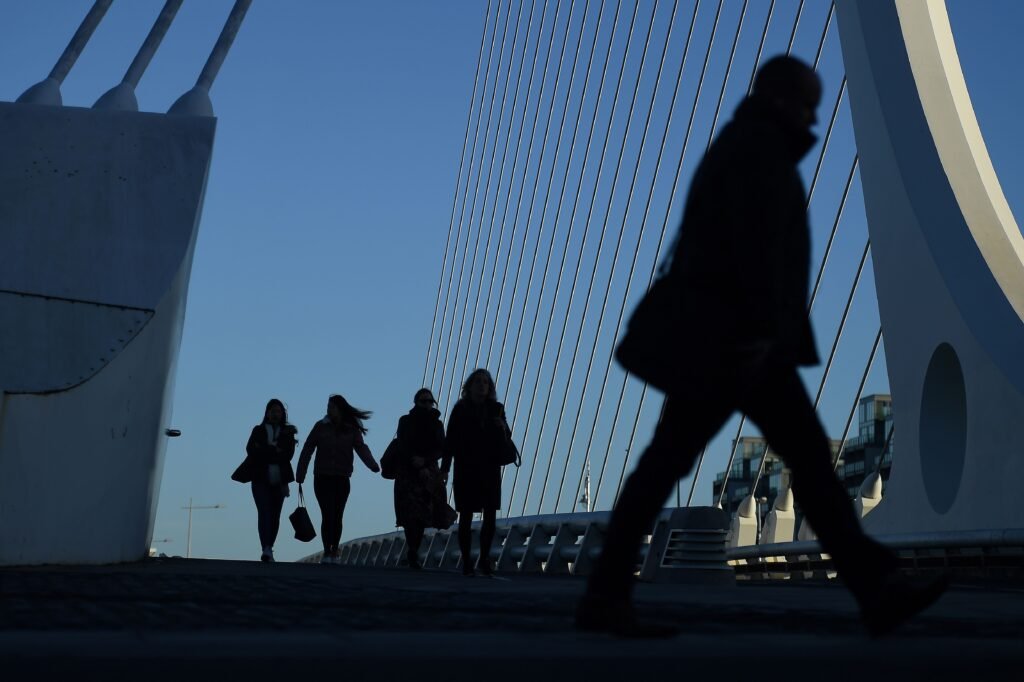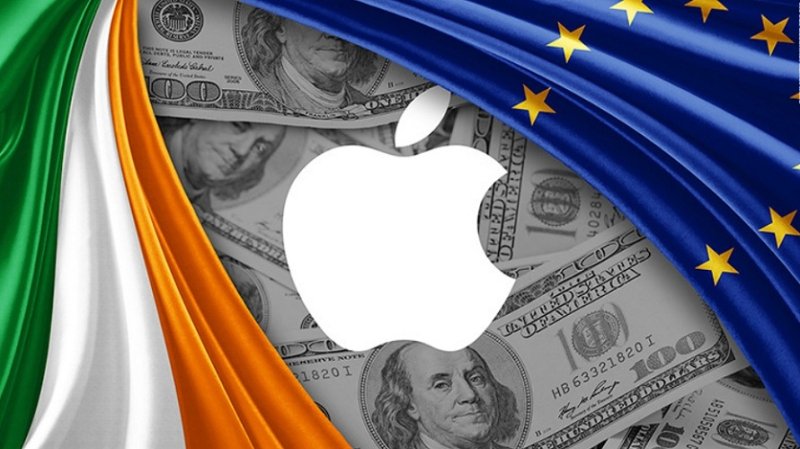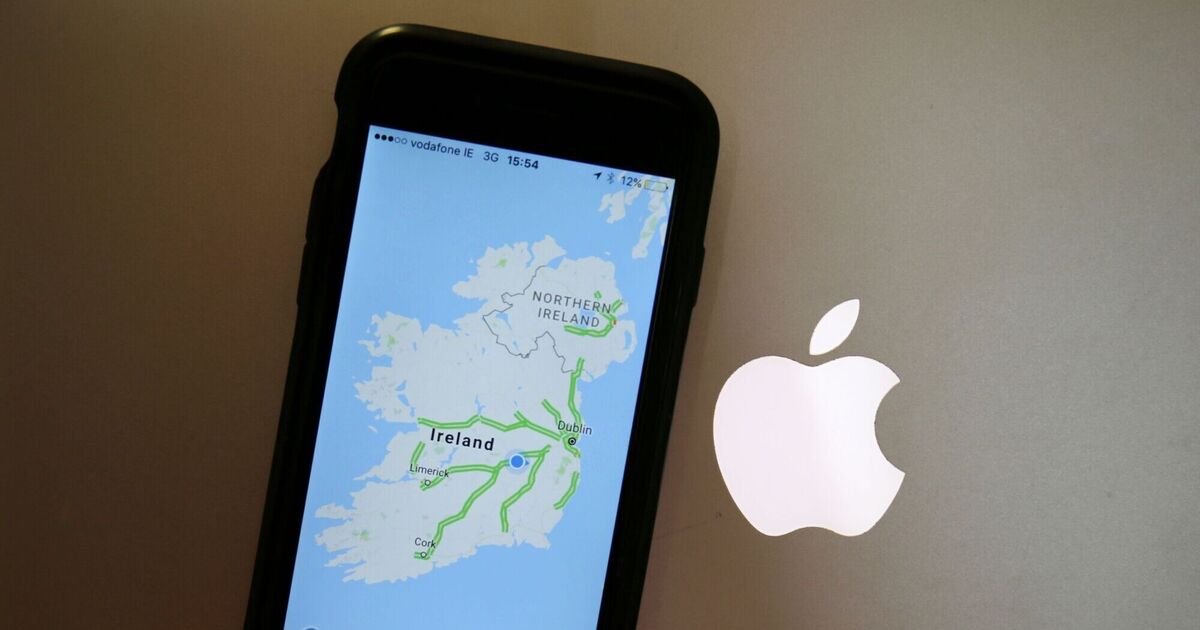The Irish government has outlined plans for its €14 billion Apple tax windfall. The money will strengthen the country’s National Development Plan (NDP), a €112 billion package aimed at modernizing housing, energy, water, and transportation. Major projects are scheduled between 2026 and 2030.

Nearly €1 billion will also fund the cross-border Shared Island program by 2030. This includes projects like the Narrow Water Bridge between south Down and north Louth. More details on upcoming projects will be shared in the October budget.
Apple Tax Windfall Fuels Largest Infrastructure Investment in Irish History
Taoiseach Micheál Martin described the plan as a historic step forward for Ireland’s economy.
“By any measure, this will represent the largest investment in economic and social infrastructure in the history of the State,” he said.

The Apple windfall gives Ireland a rare opportunity to fix long-standing infrastructure gaps and boost public amenities.
Apple Tax Windfall to Address Housing Crisis and Infrastructure Gaps
Ireland faces a severe housing shortage, worsened by years of underinvestment after the late-2000s financial crisis. Although the economy has recovered, housing supply still lags behind the growing demand.
The Apple tax windfall and increased corporate tax revenue give the government a chance to expand housing projects and improve urban infrastructure. However, experts warn that limited construction capacity and planning delays could slow progress.
Focus on Sustainable Energy and Transport
Part of the Apple funds will support renewable energy and upgrades to Ireland’s power grid. The government plans to improve transport networks with electric buses and rail expansions. These projects aim to cut emissions and meet EU climate goals.

Green investments are expected to enhance energy security while reducing reliance on fossil fuels.
Economic Impact of the Apple Tax Windfall
The €14 billion windfall is more than just a tax settlement. It can reshape Ireland’s economy by creating thousands of jobs, stimulating construction, and boosting innovation.

Economists believe the spending will ripple across sectors such as real estate, technology, and clean energy. Cross-border cooperation through the Shared Island Fund will also strengthen trade and community ties.
Technology and Innovation Investments
In addition to housing and infrastructure, part of the funding may go toward digital hubs, research centers, and improved connectivity. This would help Ireland maintain its position as a leading tech and business hub.
A Historic Opportunity
The Apple tax windfall gives Ireland a unique chance to build a stronger, greener future. By tackling housing, upgrading infrastructure, and supporting sustainability, the government can set a long-term path to growth.ore prosperous and resilient future.




